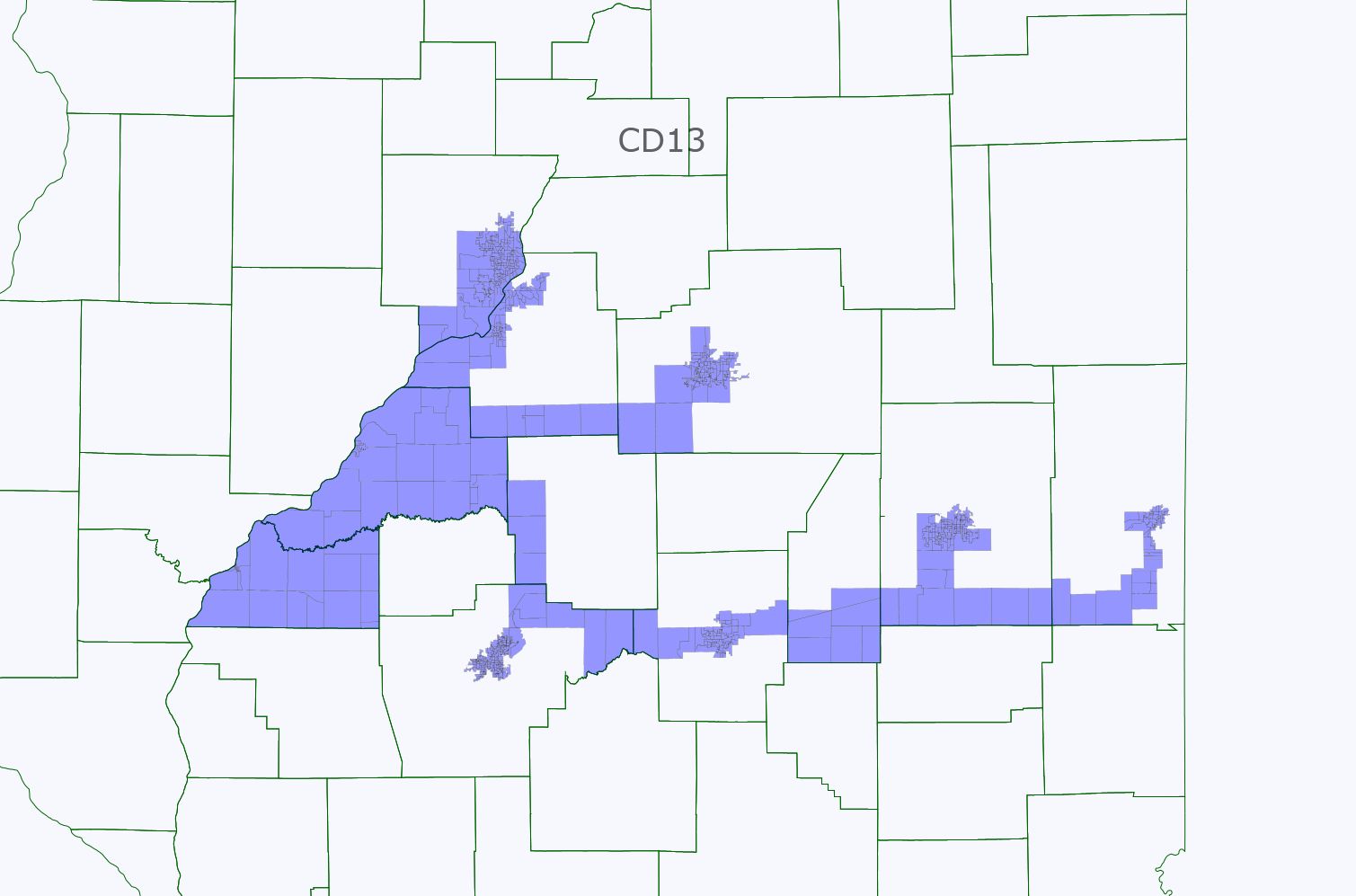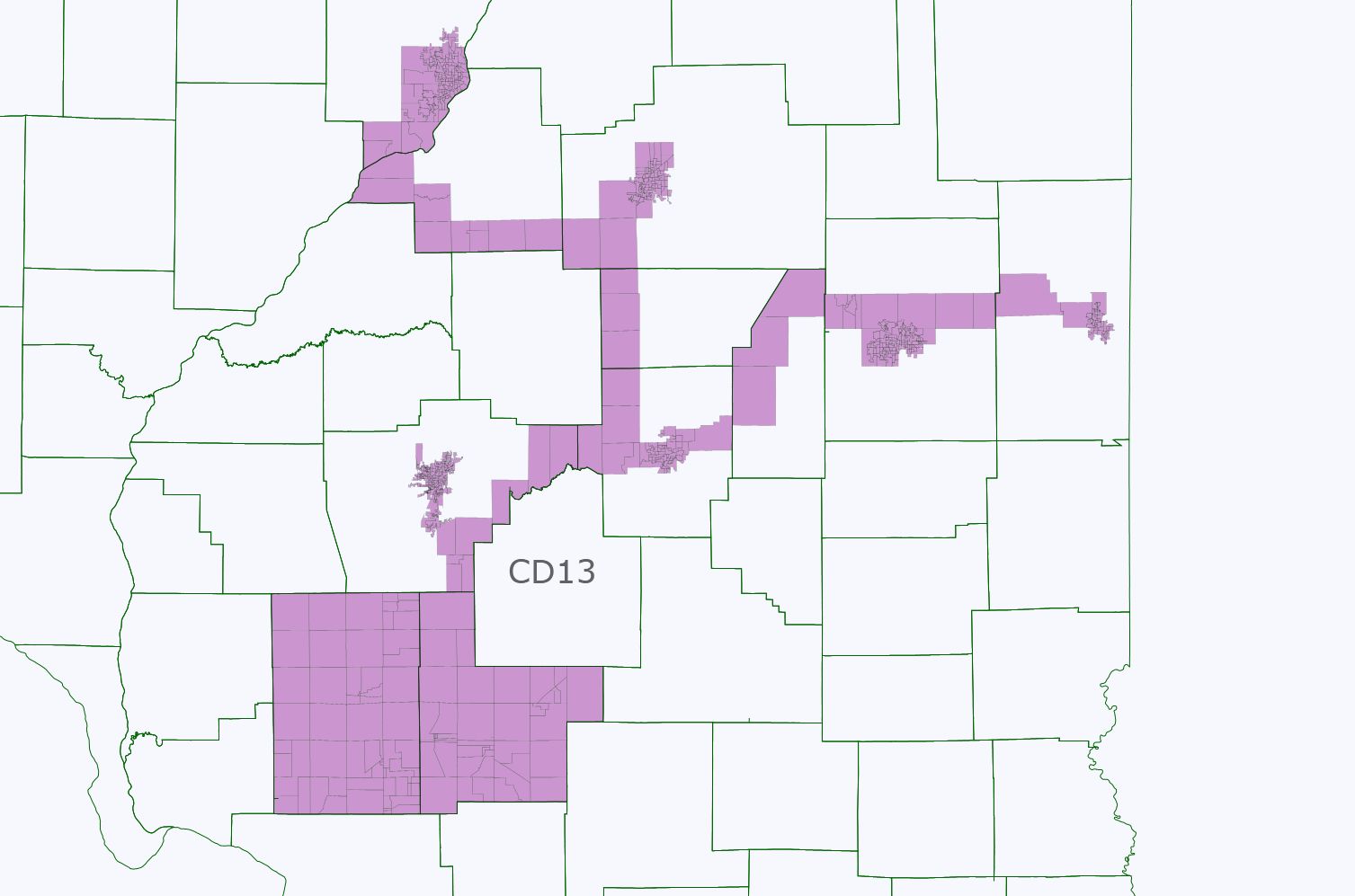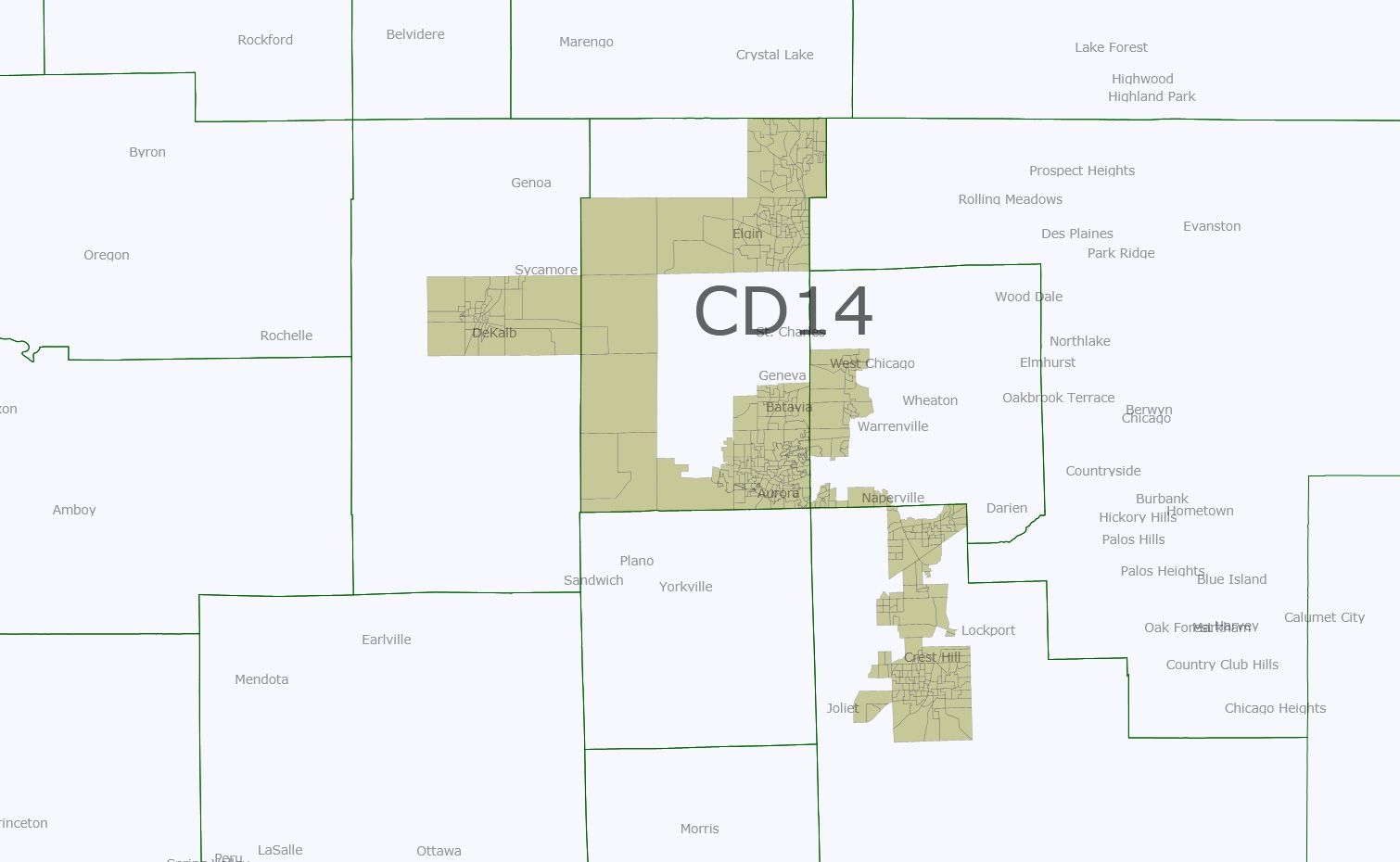Conventional wisdom has it that turnout is the key issue in midterm elections. In view of that, how well did individual House Democrats do in convincing their 2008 voters to back them again in 2010? This post looks only at total votes, not margin of victory or defeat. Members who did not run in 2008 (Bill Owens, Mark Critz, Scott Murphy) or who had no Republican opponent in 2008 are excluded. The remaining 198 members’ average 2010 vote was just 61.2% of their 2008 vote. Curiously the median was also 61.2%. These folks managed to retain at least 70% of their 2008 vote:
rep dist 2008 2010 retention
Pelosi CA 8 204,996 167,957 81.9
Pingree ME 1 205,629 166,196 80.8
Schrader OR 5 181,577 145,319 80.0
Hirono HI 2 165,478 132,290 79.9
McDermott WA 7 291,963 232,649 79.7
Eshoo CA 14 190,301 151,217 79.5
Giffords AZ 8 179,629 138,280 77.0
Titus NV 3 165,912 127,168 76.6
Blumenauer OR 3 254,235 193,104 76.0
Speier CA 12 200,442 152,044 75.9
Matsui CA 5 164,242 124,220 75.6
Lee CA 9 238,915 180,400 75.5
Woolsey CA 6 229,672 172,216 75.0
Lujan NM 3 161,292 120,048 74.4
Bright AL 2 144,368 106,865 74.0
Inslee WA 1 233,780 172,642 73.8
Honda CA 15 170,977 126,147 73.8
Dicks WA 6 205,991 151,873 73.7
Tonko NY 21 171,286 124,889 72.9
Himes CT 4 158,475 115,351 72.8
Sarbanes MD 3 203,711 147,448 72.4
Richardson CA 37 118,606 85,799 72.3
Lofgren CA 16 146,481 105,841 72.3
G Miller CA 7 170,962 122,435 71.6
Larsen WA 2 217,416 155,241 71.4
Schiff CA 29 146,198 104,374 71.4
Napolitano CA 38 119,795 85,459 71.3
Stark CA 13 166,829 118,278 70.9
Sherman CA 27 145,812 102,927 70.6
Roybal-Allard CA 34 98,503 69,382 70.4
Farr CA 17 168,907 118,734 70.3
A Smith WA 9 176,295 123,743 70.2
McNerney CA 11 164,500 115,361 70.1
Here we have 24 reps from the west coast vote-by-mail states of California, Oregon, and Washington and 9 from the rest of the country. David Wu and Peter DeFazio went unopposed (at least by Republicans) in 2008 and Brian Baird retired, so every eligible rep from Oregon and Washington shows up on this list. We also see a lot of people from completely uncompetitive districts. Nancy Pelosi and Jim McDermott put up nice numbers, a function of their dogged, relentless campaigning…heh. A function of most of their constituents being unwilling to consider voting for a Republican under any circumstances.
It would be more interesting to limit the list to people who actually faced a credible threat and thus had to run a serious campaign. As a first approximation, cut out anyone whose district is D+10 or better. Here’s the top 10:
rank rep dist 2008 2010 retention pvi
1 Pingree ME 1 205,629 166,196 80.8 8
2 Schrader OR 5 181,577 145,319 80.0 2
3 Giffords AZ 8 179,629 138,280 77.0 -4
4 Titus NV 3 165,912 127,168 76.6 2
5 Lujan NM 3 161,292 120,048 74.4 7
6 Bright AL 2 144,368 106,865 74.0 -16
7 Inslee WA 1 233,780 172,642 73.8 9
8 Dicks WA 6 205,991 151,873 73.7 5
9 Tonko NY 21 171,286 124,889 72.9 6
10 Himes CT 4 158,475 115,351 72.8 5
8 of the 10 are in blue districts and 6 of these are D+5 or better. And then there’s Bobby Bright. Now for the bottom 10:
rank rep dist 2008 2010 retention pvi
110 Grayson FL 8 172,854 84,167 48.7 -2
111 Boyd FL 2 216,804 105,211 48.5 -6
112 Childers MS 1 185,959 89,388 48.1 -14
113 L Davis TN 4 146,776 70,254 47.9 -13
114 Ortiz TX 27 104,864 50,179 47.9 -2
115 C Edwards TX 17 134,592 63,138 46.9 -20
116 Kosmas FL 24 211,284 98,787 46.8 -4
117 Etheridge NC 2 199,730 92,393 46.3 -2
118 C Gonzalez TX 20 127,298 58,645 46.1 8
119 Taylor MS 4 216,542 95,243 44.0 -20
9 of the 10 are in red districts, and 4 of those are really red. Charlie Gonzalez’ appearance on this list is misleading as he was never in any trouble. He didn’t get his people out, but he didn’t need them. In any case, it’s understandably a lot harder for Dems to hold on to their presidential-year voters when a lot of them are normally inclined to vote red.
So the two basic rules appear to be: 1) People are more likely to vote in midterm elections when they can conveniently vote by mail, and 2) the bluer your district is, the less likely your voters are to swing against you in a red wave year. I did a simple regression analysis to compute members’ predicted retention based on the PVI of their districts and whether their state predominantly uses vote by mail. Using only the D+9 or lower district as the sample, each point of PVI increased retention by an average of about 0.25 percentage points and vote-by-mail increased it by an average of 7 points. The “diff” column shows the difference between actual retention and predicted retention. So here is the adjusted top 20 as measured by differential:
rank rep dist diff
1 Pingree ME 1 19.6
2 Bright AL 2 19.1
3 Giffords AZ 8 18.9
4 Titus NV 3 17.0
5 Lujan NM 3 13.4
6 Schrader OR 5 13.3
7 Himes CT 4 12.3
8 Kratovil MD 1 12.3
9 Tonko NY 21 12.2
10 Perriello VA 5 11.8
11 Sarbanes MD 3 11.6
12 Arcuri NY 24 10.0
13 Boswell IA 3 9.6
14 Yarmuth KY 3 9.0
15 Peters MI 9 8.9
16 Courtney CT 2 8.9
17 C Murphy CT 5 8.8
18 Altmire PA 4 7.2
19 Heinrich NM 1 6.9
20 Boren OK 2 6.8
And it’s still Chellie Pingree by a nose. Interestingly, the top 19 consists of 18 freshmen or sophomores and one Boswell. (Yep, the much-maligned Leonard Boswell arguably ran the best campaign of any House Dem with actual experience of serving in the minority.) This seems counterintuitive given that newer members have not had much time to build up goodwill and thus should be more vulnerable to losing support in a red wave year. Instead, it appears that these newer reps were used to having to scratch and claw for every vote and thus adapted more easily to an unfriendly environment than veteran reps who were used to winning easily did.
There was a big gap between #3 and #4 and an even bigger gap between #4 and #5. These four super-overachievers come from dissimilar districts and had dissimilar records and this time I don’t see a pattern:
Pingree was one of the few Dems to win by a bigger margin in 2010 than 2008, and this doesn’t appear to be any unobserved Maine-specific effect (Libby Mitchell coattails? heh) as Mike Michaud had a differential of just +4.8. This race did not get much attention, although it was considered competitive at one point. Was Pingree’s remarkable retention number a function of a sloppy campaign in 2008 or a brilliant one in 2010, or both?
Bright almost never voted with the Dems, but Gene Taylor didn’t either and Bright only retained 30% more of his 2008 vote than Taylor did! It still wasn’t enough to get him over the hump, but he came a lot closer than similarly situated dudes like Lincoln Davis, Chet Edwards, and Travis Childers.
Gabrielle Giffords was the other red-district rep to make the unadjusted top 10. Her district is far more purple than Bright’s but she also took many more risks than he did, voting for TARP, the stimulus, cap and trade, health care, and financial reform. This did not appear to hurt her much with the Dems and swing voters who voted for her in 2008. Like Pingree, she got zero up-ballot help but unlike Pingree she just barely held her seat. Her voting record may have motivated the people who opposed her in 2008 to stick around and pull the lever for that megatool Jesse Kelly.
Unlike the top 3, Dina Titus got some indirect help in the form of Harry Reid’s fearsome operation. Titus probably deserves some credit for her strong showing, though. Shelly Berkley isn’t a perfect comparison (much higher baseline Dem vote but also a much less threatening opponent) and with a D+10 district just missed the regression sample, but her differential would have been +4.9, and 12 points is a big spread in any case.
Here is the adjusted bottom 20:
rank rep dist diff
100 B Miller NC 13 -8.0
101 Nye VA 2 -8.1
102 Loretta Sanchez CA 47 -8.1
103 Space OH 18 -8.1
104 Cuellar TX 28 -8.3
105 Doggett TX 25 -8.6
106 Boyd FL 2 -9.0
107 Taylor MS 4 -9.9
108 Donnelly IN 2 -9.9
109 Grayson FL 8 -9.9
110 Filner CA 51 -10.1
111 Hinojosa TX 15 -10.2
112 Ortiz TX 27 -10.8
113 Pallone NJ 6 -11.3
114 Kosmas FL 24 -11.3
115 Visclosky IN 1 -11.6
116 Carnahan MO 3 -11.9
117 Etheridge NC 2 -12.4
118 C Gonzalez TX 20 -15.2
119 Costa CA 20 -17.8
There may be some unobserved variation related to demographics or state election laws, as the only state to put a rep in both the top 20 and the bottom 20 was Virginia. Glenn Nye managed to retain 20% less of his 2008 vote than Tom Perriello did despite voting with the Dems less often. Texas in particular was a sea of apathy for Dems, as the best performer was actually Chet Edwards at -6.9! That said, Bob Etheridge’s failures are his own, not North Carolina’s. Heath Shuler managed a +4.6 differential.
If you rightly ignore Gonzalez who won by 29 points, Jim Costa turned in the worst performance by a country mile. It’s true that his district is young and poor and heavily Hispanic, but so is Raul Grijalva’s, and Grijalva had a +3.6 differential without the benefit of vote by mail! (Grijalva’s big mouth probably ran up Ruth McClung’s vote total as opposed to depressing his own, as his margin of defeat was worse than even the hopeless Rodney Glassman’s in some counties.) We’ll see if Costa takes his narrow escape as a wake-up call, as commission redistricting is likely to put him in a less friendly district.
Just eyeballing the data, it appears that richer districts generally had more retention than poorer ones (note the 3 Connecticut dudes in the top 20 and the many south Texans in the bottom 20) so I may rerun the numbers once I find enough time to enter the median income of all the districts.
Some conclusions: Chellie Pingree and Leonard Boswell are underrated. Don’t be surprised to see Bobby Bright, Dina Titus, Frank Kratovil, Tom Perriello, and/or Michael Arcuri resurface. Keep an eye on Ben Lujan. Russ Carnahan and especially Jim Costa need to step it up. It may be premature to speculate about Gabrielle Giffords’ future (early signs are good), but she was a beast as of 2010. Vote by mail is great. The Texas Dems’ 2010 turnout was uglier than the Texas Longhorns’ 2010 offense.
Thoughts? (How do you post clean tables from spreadsheets? I tried saving them as PDFs but was unable to convert them to photos.)

Loading ...



